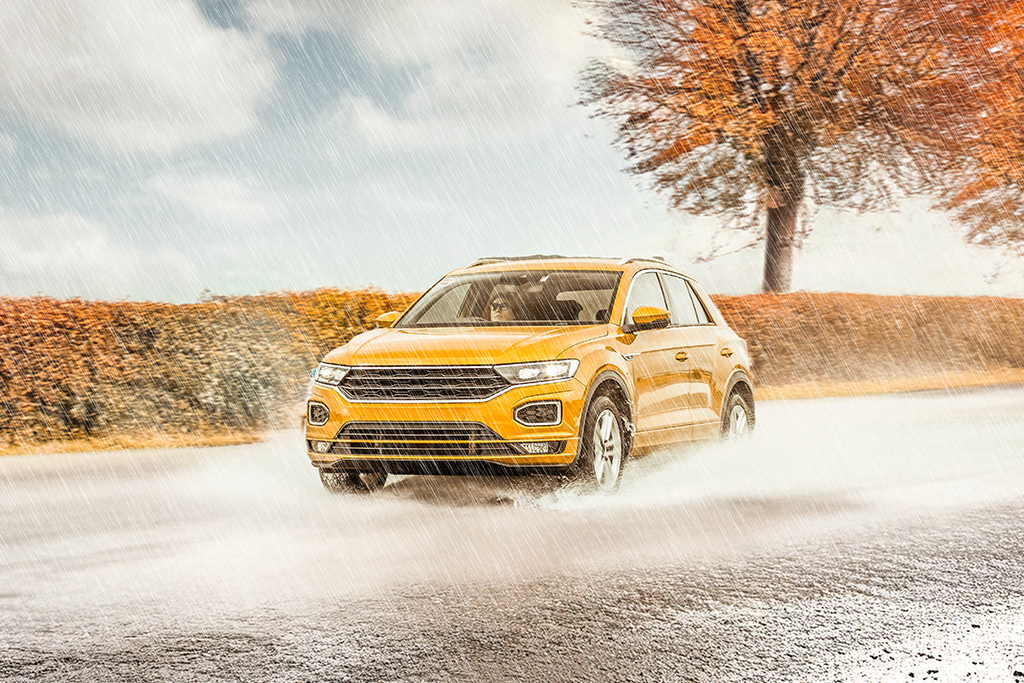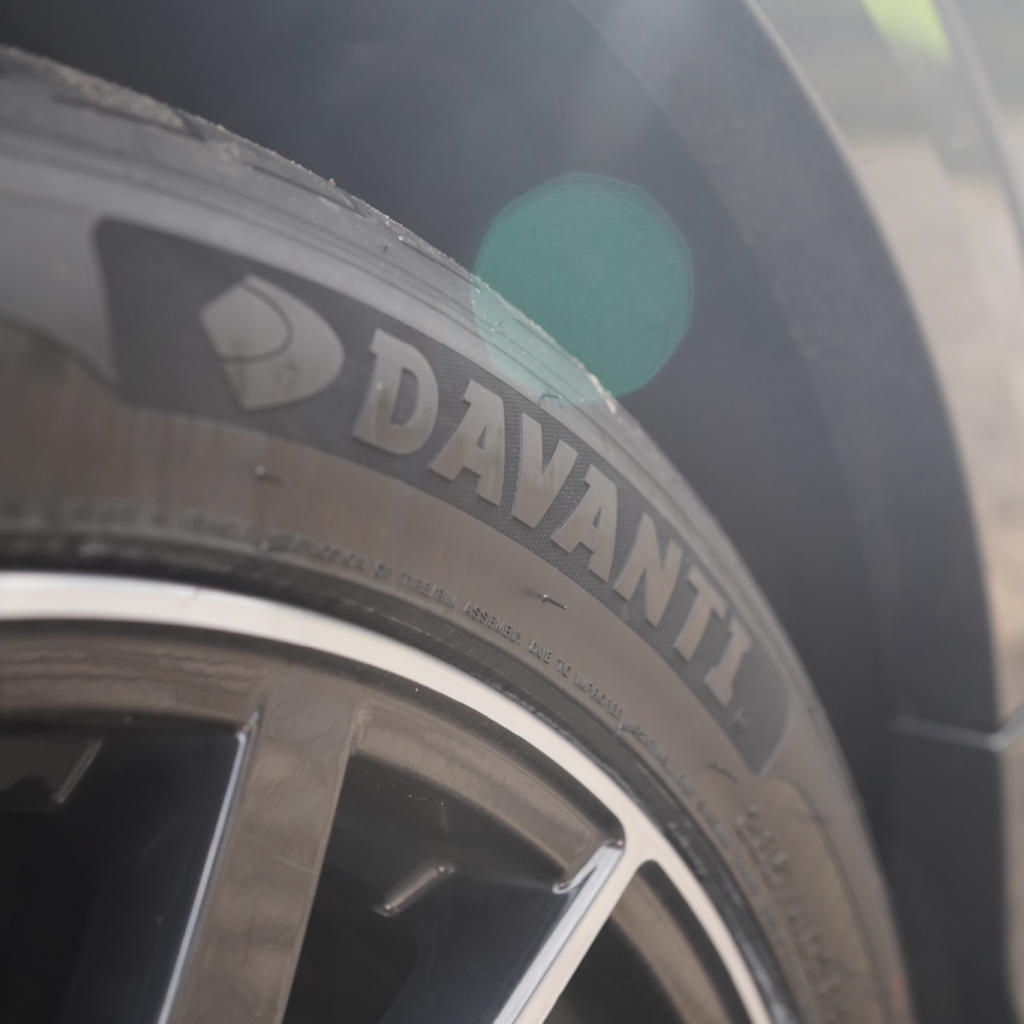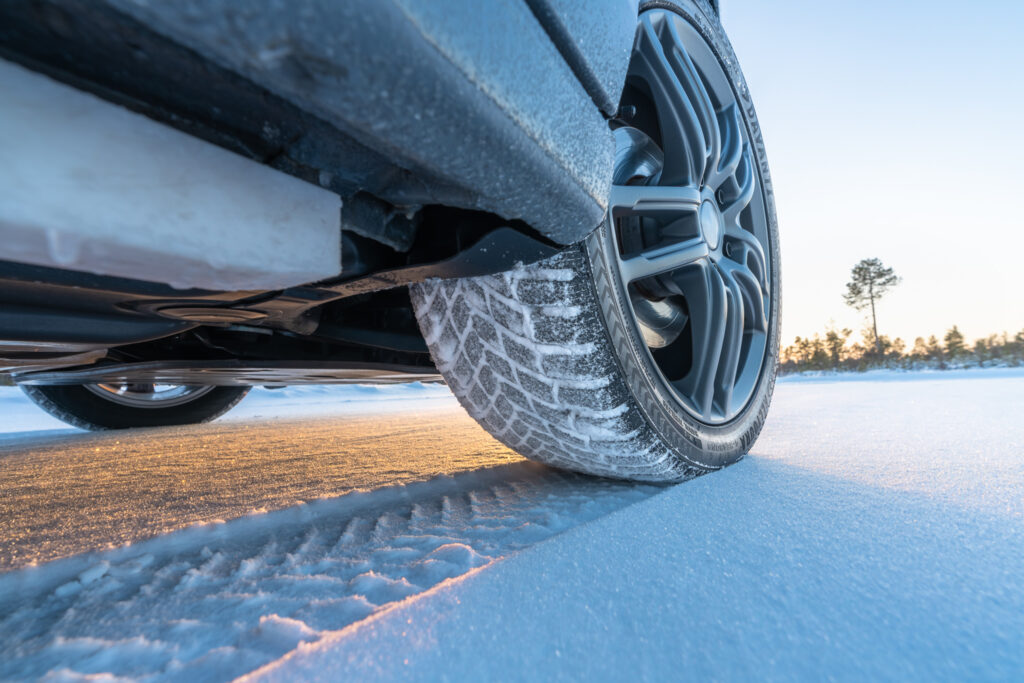How can the cold weather impact my tyres?
3rd February 2025
Here in the UK, we’re still very much in the depths of winter and with the Met Office recently recording its chilliest January night in 15 years, it’s safe to say summer still feels like a way off.
With a couple more months for us to manage until British Summer Time arrives, drivers need to understand how the cold weather can impact tyres and the importance of using the correct tyres for the correct season.
In the UK, it’s not uncommon for people to use summer tyres in the winter, as drivers are not legally required to change them. However, it’s not recommended to use summer tyres in the colder months and here’s a couple reasons why:
Firstly, what’s the difference between summer & winter tyres?
The main point of difference between a summer and winter tyre is that summer tyres are specifically designed to provide top performance on both dry and wet roads, whilst being able to deliver optimal performance in temperatures above 7°C.
Winter tyres on the other hand are designed for optimal handling in cold weather, especially on wet, icy, or snowy roads. Winter tyres have much deeper treads and softer compounds than summer tyres, helping them grip the road better, and providing more traction in wet and colder weather.
Why should drivers avoid using summer tyres in winter?
Compound
Starting with tyre compounds – winter tyres have a softer compound designed to remain flexible in colder weather, whereas summer tyres have a harder compound. The harder compound of summer tyres makes them more rigid, meaning they’re able to perform better in higher temperatures.
Cracking
Summer tyres may crack in winter as the rubber can become stiff and brittle in the colder months, causing them to split. If you find that your tyres have been cracked or notice a split, they will need to be replaced.
Treads
Winter tyres have more grooves to provide better grip in snow, ice, and water to help maintain traction and reduce the risk of aquaplaning. When using summer tyres in winter, you lose this benefit, as summer tyres are a lot more solid and designed with fewer grooves, making them less suited for winter and wet weather driving.
Tyre pressure
If your vehicle has been exposed to low temperatures, the tyre pressure is likely to have dropped significantly. As a rule of thumb, air pressure drops by 1-2 PSI or 0.07 to 0.14 bar with every 10°C so, we’d recommend checking your tyre pressure every two weeks to ensure your tyres are at the correct pressure.
Braking distances
As mentioned, seasonal tyres have their own differences in their tread design and rubber compound which affects how well the tyre is able to grip roads in different weather conditions. Therefore, using summer tyres in winter can reduce braking and stopping distances due to the makeup of their compound.
Here at Landsail, we offer a range of winter, all-season and summer tyres, all of which offer their own unique benefits. It’s important to consider weather conditions and of course, the season change when selecting the right tyre for you.
If you have more questions on the seasonal tyre change, contact your local Landsail Dealer.





